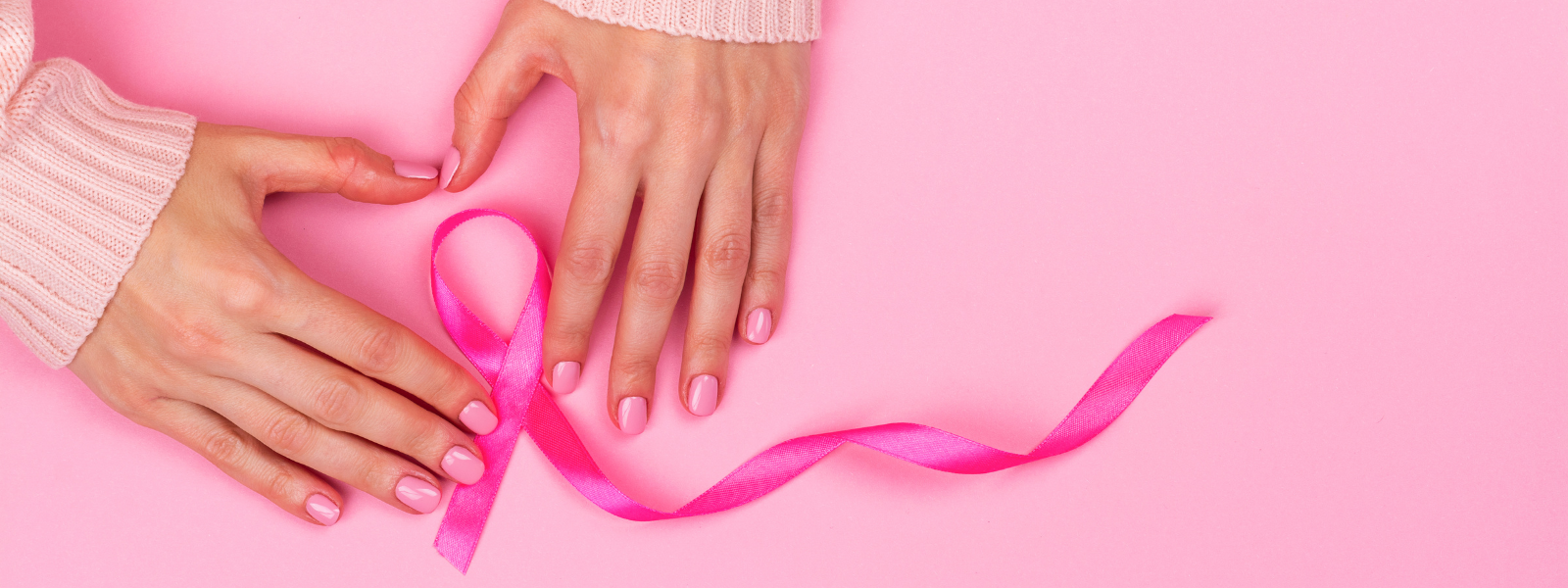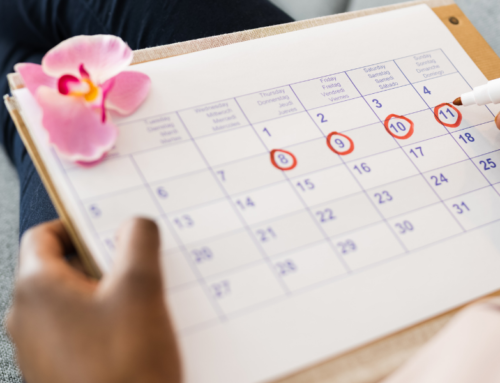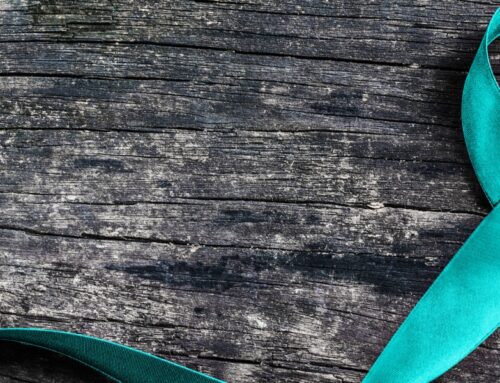I was 14 when I first learned about breast self-exam. I can no longer remember if I saw it on some TV program, heard it from one of those health-related radio shows my grandparents loved to listen to, or just read about it in a newspaper or magazine. What I do remember, though, is that I tried it.
I was just curious. Though I knew I might be too young for such a thing, I still checked my barely developed breasts for lumps. While feeling my right breast, I felt something like a marble underneath it.
I told my parents about my discovery and they had me checked as soon as they could. It turned out that I really had a cyst in my right breast. Just after a couple of days, I had it removed in an outpatient procedure.

According to Cleveland Clinic, simple breast cysts, which are defined as benign, fluid-filled sacs in breasts, “don’t cause any harm and sometimes even go away on their own.”
Clearly, what was removed from me wasn’t really a cause for alarm. However, I am still glad I detected it early on and did something about it. It has given me peace of mind.
Most importantly, it made me realize how important breast self-exam is. Now I don’t just make sure I check my breasts for any lumps on a regular basis, I also remind people to do it, too, along with other tests that keep them updated with what’s happening in their breasts.
And since it’s October, which means it’s Breast Awareness Month, I’d like to encourage you to check your breasts as well.
How to do a breast self-exam
The following is a guide from breastcancer.org.

First, examine your breasts by looking at them in the mirror. Straighten your shoulders and place your arms on your hips. Check if:
- Your breasts are their typical size, shape, and color
- They are evenly shaped, without noticeable deformity or swelling
See a doctor if you notice any of the following:
- Dimpling, puckering, or bulging of the skin
- Changes in the position of nipple/s
- Redness, rash, swelling, or soreness
Check for the same changes, but raise your arms this time.
Using the mirror, check if there’s any hint of fluid coming out of your nipple/s, perhaps in the form of a watery, milky, or yellow fluid or even blood.
Examine your breast while lying down. Feel your left breast using your right hand and vice versa. Make sure that you use a “firm, smooth touch with the first few finger pads of your hand” as you keep your fingers flat and together. Do it in a circular motion, approximately the size of a quarter.
Remember, you need to check the whole breast from top to bottom (from your collarbone to the top of your tummy) then side to side (from your armpit to your cleavage).
To make sure you aren’t missing any spots, you should follow a pattern. You may start with your nipple then move in bigger and bigger circles until you make it to the edge of your breast. You may also do it while moving your fingers up and down, like when you are checking in rows.

While you do this, feel all the tissue from the front to the back of your breast, Just take note of the pressure you need:
- Light pressure for the skin and tissue underneath
- Medium pressure for tissue in the middle
- Firm pressure for the deep tissue in the back
How do you know you’ve reached the deep tissue? You should feel down to your ribcage.
Using the techniques mentioned previously, you should proceed to the final step, which is feeling for breasts while standing or sitting.
What if you find a lump?
Try to relax as it may just be a benign cyst. But of course, you also have to consult with your doctor so you can have it checked. Do the same thing if you find anything that’s unusual on your breasts.
What should you expect when you see your doctor?
According to Web MD, You will be asked by the doctor about your medical history, then they will do a breast exam to check for lumps or to determine if there are any changes in your breast tissue and under your arms.

If your doctor detects fluid coming out of your nipple/s, they may do any of the following:
- Get your blood tested to determine hormone levels
- Get a sample to see if there are abnormal cells
Then, to see whether the lump is a solid one or if it’s filled with fluid, they may also ask you to do a mammogram or ultrasound.
You may also be asked to undergo a biopsy. It’s a test during which a tiny sample of the lump is collected using a small needle or through a tiny cut. The sample is then sent to the lab for analysis.
After seeing your doctor, what’s next?
It’s important that you get ample explanation about your lump or the changes in your breast, breastcancer.org says. You should also seek a monitoring or treatment plan if necessary.
Moreover, feel free to see another doctor if you have doubts.
How can you prevent breast cancer?
Siteman Cancer Center has tips on how you can do it, including:
- Maintaining a healthy weight. Being overweight is said to increase your chance of getting cancers, including breast cancer.
- Being physically active. Women who have at least half an hour of physical activity every day are said to have a lower risk of having breast cancer.
- Consuming fruits and vegetables and not drinking too much alcohol. Having a healthy diet can do wonders. As for alcohol, even low consumption of it can increase one’s risk of developing breast cancer.
- Not smoking. Smoking makes one more prone to a wide array of illnesses, such as heart disease, stroke, and some cancers, including breast cancer.

Apart from these, you may perform a breast self-exam monthly. Though there have been debates on its effectiveness in the early detection of breast cancer, breastcancer.org maintains that it’s a “useful and important screening tool, especially when used in combination with regular physical exams by a doctor, mammography, and in some cases ultrasound and/or MRI.”

This brings me to the next tip, which is undergoing the breast cancer screening that’s recommended for your age range, as per Medline Plus:
- Women ages 40 to 49 may have a mammogram every 1 to 2 years.
- Women ages 50 to 75 should have a mammogram every 1 to 2 years, depending on the risk factors they have.
- Women with a mom or sibling who’s had breast cancer at a young age should think of having a mammogram yearly and should begin at the same age their youngest relative was diagnosed.
- Women who have other risk factors for breast cancer may be asked by their doctor to have a mammogram, breast ultrasound, or MRI scan.
Are men safe from breast cancer?
Though it usually occurs in women, men are actually not completely safe from breast cancer. It is said that men account for less than 1% of all breast cancer diagnoses, a breastcancer.org report reveals.
A report from stopbreastcancer.org says that in 2020 alone, 684,996 deaths from breast cancer were listed globally. Based on estimates, 43,600 women and 530 men will succumb to breast cancer this year.

These are frightening numbers. However, it doesn’t mean you can’t do anything to protect yourself from this killer disease. Being informed about it and how it can be prevented is already a great start.







